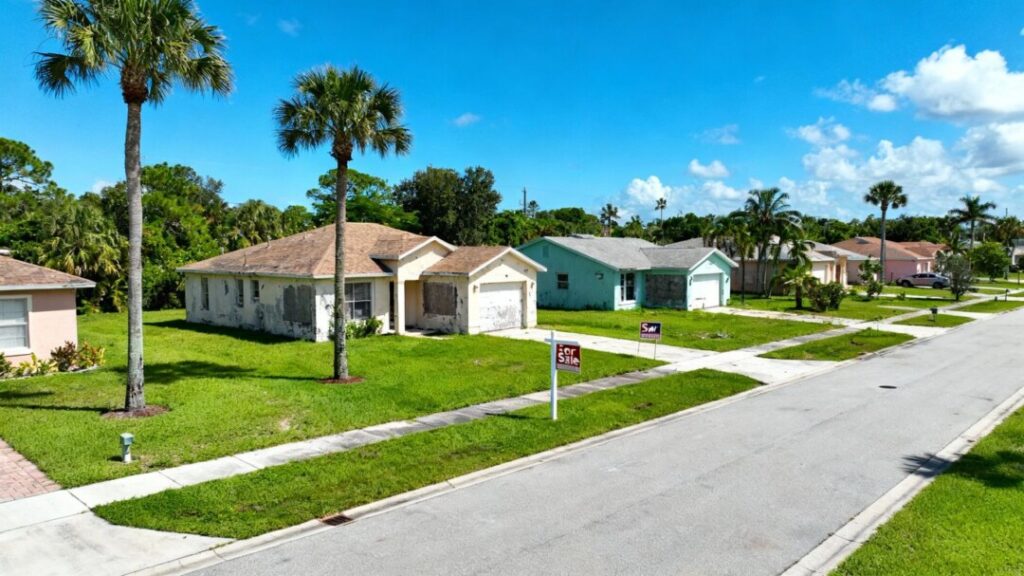Florida’s once-booming housing market is showing dramatic shifts in 2025, as home prices drop and inventory balloons. Experts say the Sunshine State, previously defined by bidding wars and record price growth, is now solidly in buyer’s market territory, reshaping opportunities and challenges for both buyers and sellers.
Key Takeaways
- Home prices have declined statewide for several consecutive months.
- Major cities like Miami, Orlando, Jacksonville, and Tampa are now officially buyer’s markets.
- Inventory levels are at their highest in years, giving buyers more choices and negotiating power.
- Affordability remains a challenge despite decreasing prices, with median incomes struggling to keep up.
A Market in Transition: From Boom to Balance
Just a few years after an unprecedented pandemic-era real estate surge, Florida’s housing market has shifted gears. Between a rise in localized construction and a surge in new listings, the state’s inventory has expanded rapidly. For example, Miami now features almost a 10-month supply of homes—well above the six-month threshold that generally defines a buyer’s market.
Table: Months’ Supply in Florida’s Major Markets (June 2025)
| Metro Area | Months’ Supply | Status |
|---|---|---|
| Miami | 9.7 | Buyer’s Market |
| Orlando | 6.9 | Buyer’s Market |
| Jacksonville | 6.3 | Buyer’s Market |
| Tampa | 6.3 | Buyer’s Market |
Price Relief, but Not Complete Affordability
Median home prices have finally begun easing. In August 2025, the statewide median for single-family homes dipped to around $410,000, down 0.4% year-over-year. Condo and townhouse prices have fallen even more sharply.
Yet, wages have not kept up with home values since the pandemic. Analysts estimate the average Floridian needs a salary roughly 28% higher than the state’s median income to comfortably purchase a home. Before the pandemic, the gap between income and home prices was significantly smaller.
What’s Fueling the Shift?
Multiple factors are driving Florida’s rapid housing transformation:
- Increased Inventory: Builders responded to previous demand with a flood of new homes. Listings are up over 10% in some regions compared to last year.
- Rising Costs of Ownership: Insurance premiums and HOA fees have climbed, influencing both affordability and demand.
- Economic Uncertainty: Wider concerns, including fluctuating mortgage rates and cautious consumer sentiment, have cooled the market.
Pending Sales and Buyer Leverage
The notable rise in pending sales—increases of up to 10% in single-family homes—signals renewed buyer interest, attributed to recent dips in mortgage rates. However, closed sales slightly lag as these deals proceed to completion, and buyers have more time to negotiate fees, conditions, and prices.
Outlook: Opportunity and Caution
Current projections suggest home prices will likely continue to soften, but a return to pre-pandemic affordability remains uncertain. Analysts warn that while buyers have more negotiating power than at any point in five years, broader economic shifts could shape the long-term landscape. For now, buyers benefit from improved choice and leverage, while sellers must adapt strategies in an increasingly competitive market.
Further Reading
- Florida’s Housing Market Has ‘Flipped’ for Homebuyers, Newsweek.
- Florida Housing Market Sees a Major Shift With a Jump in Pending Sales, Norada Real Estate Investments.
- Florida housing market gives way to dramatic shift unthinkable 5 years ago, Daily Mail.
- Florida’s Housing Market Gains Inventory As Prices Ease – NMP, National Mortgage Professional.


